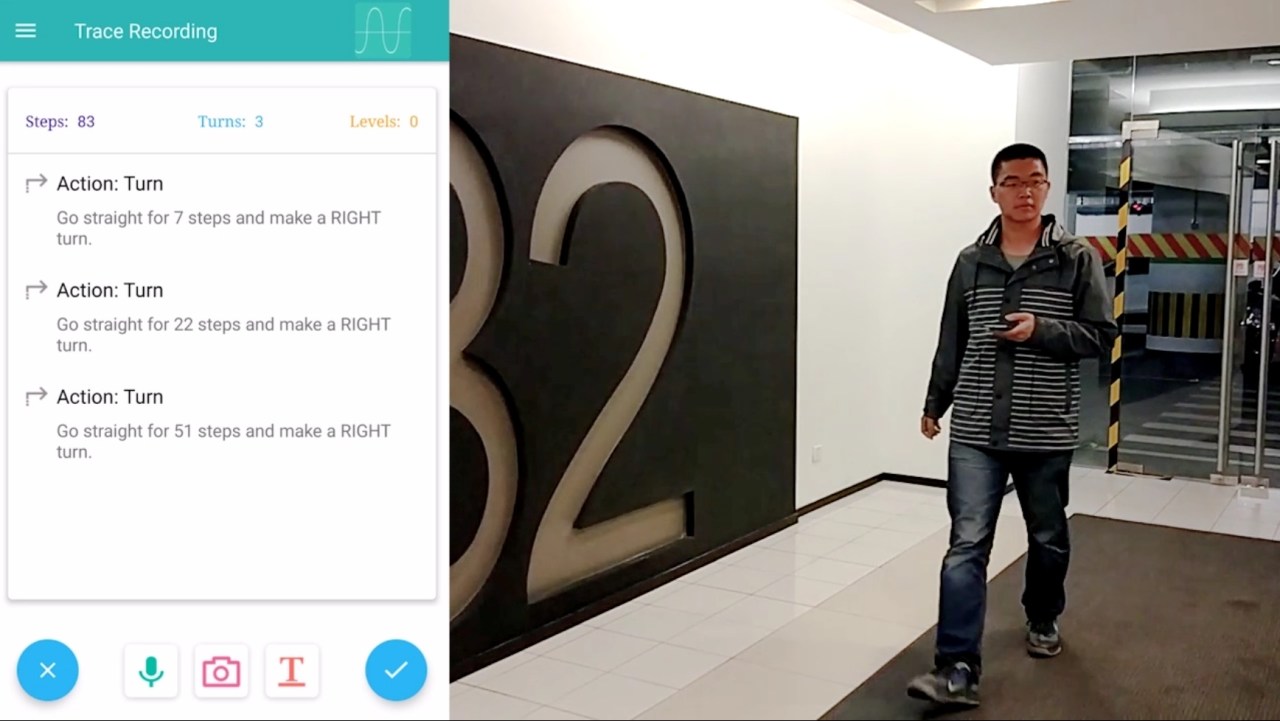As we wander through modern malls, sprawling office complexes, or intricate airports, the quest for seamless navigation can often feel Herculean. Finding the right route can quickly escalate into an overwhelming task, inundated by a plethora of complex mapping solutions that are often anchored in expensive technology. However, Microsoft is making strides in redefining this experience, stepping away from the expensive, infrastructure-heavy solutions and embracing a more simplistic, user-driven approach with its innovative app, Path Guide.
Crafting a New Narrative in Indoor Mapping
Traditionally, indoor mapping solutions have come bearing a hefty price tag due to the need for specialized infrastructure—think beacons, lasers, and intricate sensor networks. In contrast, Microsoft’s Path Guide focuses on a revolutionary approach that casts aside the high-tech barriers. Instead, it harnesses the power of community and existing smartphone technology, particularly for indoor navigation.
Built on the premise that people already cover most areas of interest in their daily routine, the app allows users to create and share navigation “traces” to help guide others through complex environments. The method is simple. Users can document a route they take—say, from the lobby to a specific conference room on the 12th floor—while leveraging existing smartphone sensors like accelerometers and magnetometers. No costly GPS or bespoke beacons are required, making it an accessible and affordable solution for all.
Enhancing User Experience Through Traces
The unique aspect of Path Guide lies in its trace functionality. When a user selects a location, they can initiate a trace by walking normally through the space. The app records their movements, generating an intuitive set of instructions that others can easily follow later. For instance, instructions like “In 20 steps, take a right” emerge from the recorded trace, making navigation straightforward and efficient.
But it doesn’t stop there. The app allows trace creators to enhance their paths with additional context, providing valuable information through notes, images, or even voice recordings. This feature is particularly beneficial for navigating tricky areas such as access points with coded elements or hidden entrances. Plus, these traces can be shared seamlessly through emails for those who may not have the app installed—broadening accessibility and usability.
Empowering Users with Visual Impairments
Among the most significant advantages of Path Guide is its potential impact on individuals with visual impairments. Conventional navigation tools often fail to provide the level of detail necessary for blind or visually impaired users. By offering granular, step-by-step directions, Path Guide creates a more empowering experience, enabling greater independence in navigating unfamiliar territories. Furthermore, languages are no longer a barrier, as users can share traces marked with specific instructions detailed in their preferred language.
A Work in Progress
Even though Path Guide is still in its prototype phase, the brainchild of software engineers Yuanchao Shu, Börje Karlsson, Yiyong Lin, and Thomas Moscibroda showcases the immense possibilities that lie at the intersection of technology and community. Microsoft recognizes that the app still has its challenges, describing it as having “rough edges.” Yet, this openness to feedback reflects a willingness to involve users in the enhancement of their navigation experience, emphasizing a collaborative spirit in technology development.
Conclusion
As we increasingly rely on technology to guide us through both familiar and unfamiliar spaces, Microsoft’s Path Guide stands out as a beacon of innovation that prioritizes user experience without imposing the traditional financial burdens of high-tech infrastructure. The simplicity of employing existing resources, coupled with the communal aspect of shared navigation, positions this app as a promising solution in the ongoing journey towards revamping indoor navigation. With further development, Path Guide could very well mark a significant step toward a more accessible and user-friendly future.
For more insights, updates, or to collaborate on AI development projects, stay connected with fxis.ai.
At fxis.ai, we believe that such advancements are crucial for the future of AI, as they enable more comprehensive and effective solutions. Our team is continually exploring new methodologies to push the envelope in artificial intelligence, ensuring that our clients benefit from the latest technological innovations.

